Description
Latin Name: Carya cordiformis
Common Names: Bitternut Hickory, Swamp Hickory
Hardiness Zones: 4-9
Mature Size: Bitternut Hickory is a large deciduous tree that typically reaches heights of 50-100 feet (15-30 meters). It has an irregular crown shape but generally forms a rounded canopy (Missouri Botanical Garden). This long-lived tree can survive up to 200 years.
Soil and Climate Preferences: Native to the eastern and central United States, Bitternut Hickory thrives in moist soils but can adapt to a variety of soil types. It prefers rich, moist, well-drained soils and performs best in full sun, though it can tolerate some shade (Missouri Botanical Garden).
Characteristics: Bitternut Hickory has compound pinnate leaves, each leaf measuring approximately 6-12 inches (15-30 cm) long, with 5-9 lanceolate leaflets averaging 3-6 inches (7-15 cm) in length. Leaves turn yellow in fall. In spring, non-showy greenish flowers appear in separate catkins; male catkins are around 4 inches (10 cm) long, while female catkins are shorter and more spike-like. Female flowers develop into round, inedible nuts that mature in the fall, characterized by their bitter taste. Trees typically begin producing nuts after 25 years of age (Missouri Botanical Garden). The tree features a straight, single trunk with smooth, grayish-brown bark that becomes more fissured and rough with age (Missouri Botanical Garden, Virginia Tech). Winter buds turn bright yellow, aiding in tree identification.
Notes: Bitternut Hickory is recognized for its deep taproot, making it challenging to transplant. It is valued for its wildlife attraction, with squirrels and various moths drawn to its nuts and leaves, respectively (Missouri Botanical Garden).
Potential Issues: While generally robust, Bitternut Hickory may be susceptible to various pests and diseases common to hickory species.
Cold Stream Farm supplies Bitternut Hickory trees which are grown as bare root seedlings and transplants and sold both wholesale and retail with no minimum order.
For more information:
- Virginia Tech Dendrology: [link]
- Missouri Botanical Garden: [link]

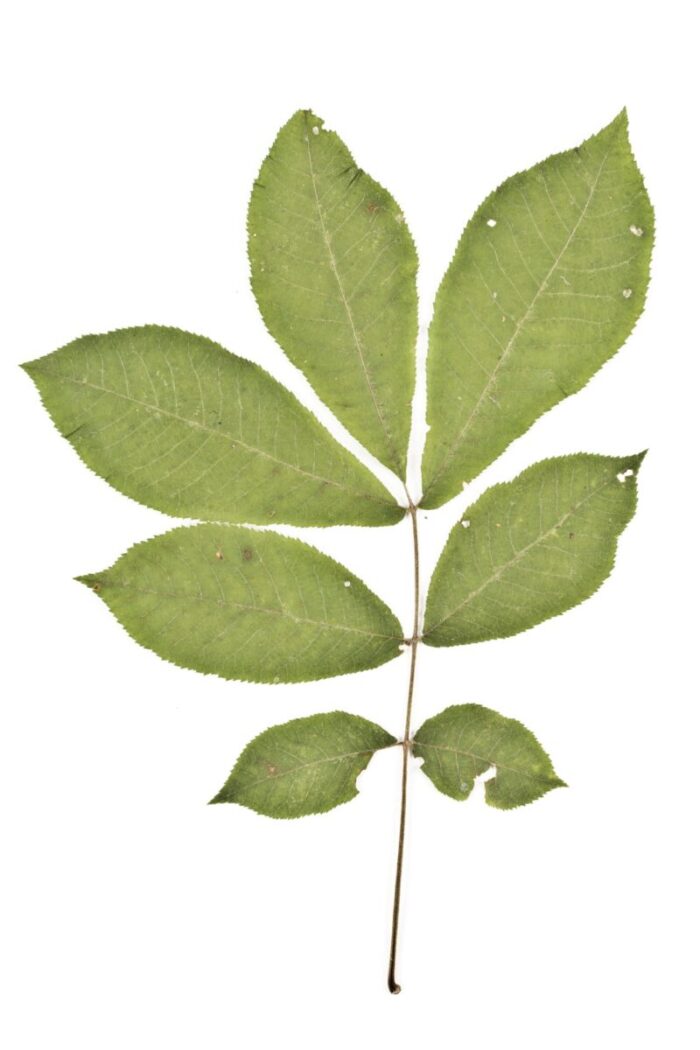
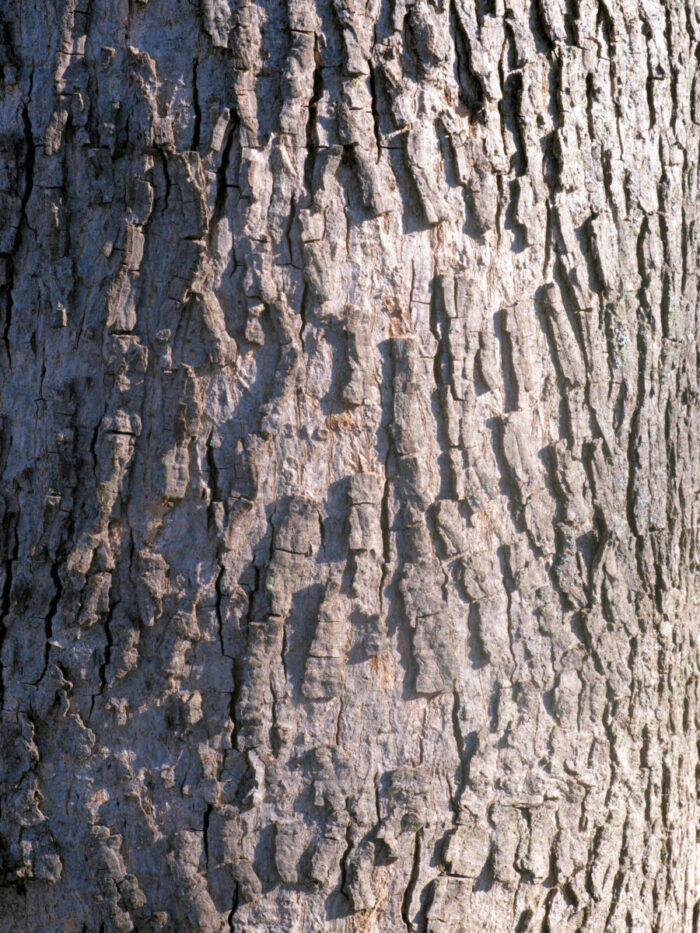
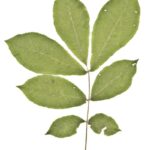
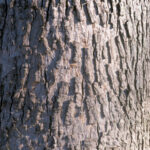
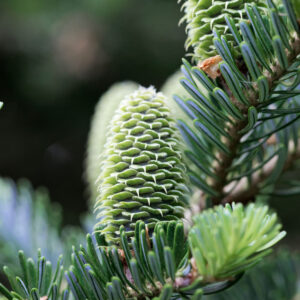
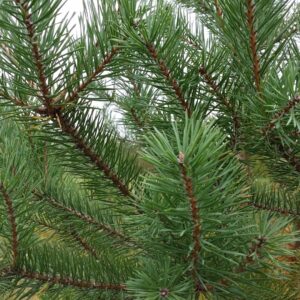
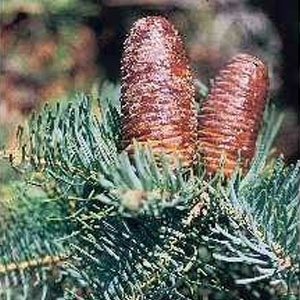
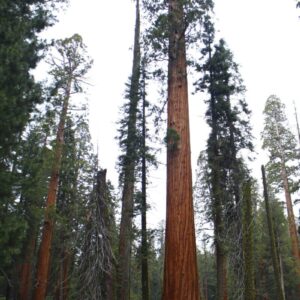
Reviews
There are no reviews yet.